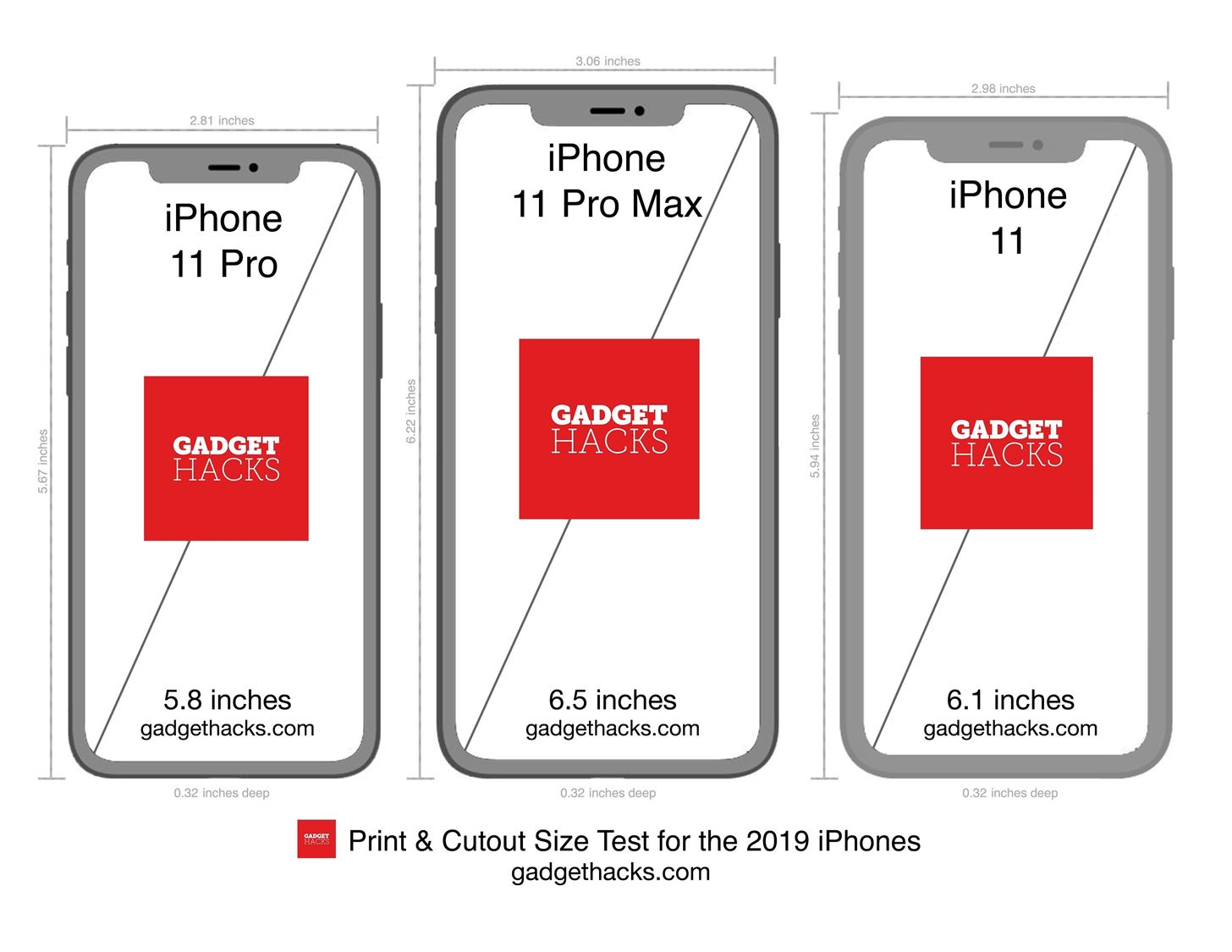Total-e-B2C is built for speed
Bluestone Software’s upcoming Total-e-B2C 2.0 enables rapid e-commerce site development — at a cost
To go full tilt into e-commerce, you’ll need a reliable, scalable, fault-tolerant infrastructure that can stand up to the constant stampede of shoppers at your door. A bad impression does not a repeat customer make.
TEXTBOX:
TEXTBOX_HEAD: The Bottom Line
Total-e-B2C 2.0 beta
Business Case
Fully functional e-commerce components enable quick deployment and lower start-up and integration costs. Open standards ensure future expandability, and fault tolerance and load balancing ensure customer satisfaction.
Technology Case
XML support allows easy integration with partners, vendors, legacy applications, and data stores. Server tools ease administration, while failover recovery and state management guarantee completion of sales. The product’s uncomplicated toolset allows nontechnical staff to become productive.
Pros
- Good, preformatted commerce modules
- Easy extensibility
- Rapid development tools
- Server-monitoring and failover capabilities
Cons
- Expensive
- Requires technical expertise for extensive customization
- Offers limited native database support for storefront repository
Cost
Starts at 00,000
Platforms
For full deployment, any OS that supports Java 1.2.2 (including Windows 9x/NT/2000, Unix, Linux)
Ship date
June 2000
Bluestone Software Inc., Philadelphia (610) 915-5000
:END_TEXTBOX
Remaining ahead of the competition also requires an e-commerce platform and application-development environment that allows your business to react rapidly to changing online needs.
And because large-scale commerce sites typically require a pooling of diverse talent — from IT staff to less technically minded graphic designers and content managers — the tools used to integrate your strategy should be approachable enough for your staff to become productive with little training.
Total-e-B2C 2.0, beta, the latest Total-e-Business (TeB) offering from Bluestone Software, combines the three virtues of scalability, flexibility, and usability. By providing open, standards-based development and connectivity capabilities, the product represents a good solution for midsize and enterprise-class businesses looking to leverage a broad array of backend applications, legacy systems, partners, or vendors in their e-commerce initiatives.
Using TeB’s services for integrating XML and legacy systems, businesses can lower the total cost of doing business by enabling applications and data sources for the Web and by including automated supply-side applications and EDI (electronic data interchange) with third-party vendors.
Building on Bluestone’s strong Java application-development and server solutions, TeB touts an additional set of e-commerce services that will jump-start Web efforts and make it easy to manage and deploy Java- and XML-based applications.
The prerelease business-to-consumer version of this product tested is a fully loaded e-commerce solution. It includes integration capabilities for backend and third-party systems, as well as e-commerce plug-in modules for fulfillment management and e-CRM (customer relationship management) that deliver personalized content and help forge marketing strategies that can foster online sales.
TeB’s architecture requires a sizable skill set to develop and deploy, but the frontend and browser-based content management tools are straightforward enough for nontechnical staff to get up and running with minimal training.
Because TeB’s architecture is constructed entirely on Sun Microsystems’ Java 2 Platform, Enterprise Edition (J2EE), applications can be run on any system that supports Java.
Although TeB does not provide the Web server and database components required for deployment, as does the comparably priced and better integrated IBM WebSphere Commerce Suite Pro, TeB can be deployed across more platforms, thanks to its roots in Java. And although TeB lacks some of the new wireless capabilities found in less expensive solutions (such as Tango 2000), it provides a far more scalable and extensible environment out of the box.
Server-centric
The Universal Business Server (UBS) is Bluestone’s flagship application server, delivering solid load-balancing and fault-tolerance capabilities. In addition, good QoS (quality of service) indicators help administrators monitor performance across the infrastructure to guard against costly downtime.
In addition to application-and site-monitoring features, benefits such as hot versioning enable applications to be updated on the fly, without ever taking a server or application offline, improving system availability and customer satisfaction. UBS even provides state management for your Java applications to ensure that crucial customer data is not lost in the event of a system failure.
This capability comes at a cost, however, as this toolkit requires a level of experience and competence for deployment that won’t be found in most lightweight IT shops. I found TeB’s installation routine to be cumbersome — it took me close to 90 minutes to install the collection of disparate products — and plagued with potential snags and documentation inaccuracies. In particular, database integration required a number of customizations that needed to be performed by hand. Bluestone officials noted that these kinks will be worked out by the June release date, and indicated that an additional installation wizard will be included to help ease integration requirements.
Although this version of the product supports only Oracle databases as repositories for storefront components, Bluestone plans to include integration for databases compliant with Microsoft SQL Server and JDBC (Java Database Connectivity) as well.
The XML server includes all of the core services required for parsing, querying, and formatting XML data, and the UBS servlet engine can be used to host any Java servlet that is built using TeB or any preferred third-party tool.
Unfortunately, a number of the cost-saving advantages of automating business processes via Bluestone’s Universal Listener Framework (ULF) will be available only in the business-to-business version of this product. These Java-based listener applications can process incoming XML messages and documents from a myriad of sources, such as Java Messaging Services (JMS), email, FTP, CORBA, Enterprise JavaBeans (EJB), and Microsoft Transactions System (MTS), and can trigger responses or entirely new actions that can be used to automate any business process.
Speedy ribbon cutting
TeB’s development environment includes a number of code samples, JavaBeans, Java Server Pages (JSP), XML files, and demonstration storefront applications that can have your Web store open for business in no time. Using TeB’s prebuilt, fully functional components, I was able to deploy an entire e-commerce storefront, complete with a catalog, shopping cart, and search engine, in a matter of hours. Additional features such as shipping, tax tables, and the facility for credit card processing make the storefront start-up process seamless.
Although I found setting up shop on the Web to be hampered slightly by the sluggishness of the catalog-development components, the time-saving integration of customer-service features and order-fulfillment tracking helped compensate by quickly improving the site with the level of functionality that savvy e-shoppers are coming to expect of Web-enabled businesses.
TeB also includes Bluestone’s Visual XML RAD (rapid application development) environment, which can be used to build XML-based solutions run by the XML server. I found Visual XML to be a highly productive asset, allowing me to easily review backend datastores and bind data objects to XML for fast application deployment.
Unfortunately, TeB does not possess a very strong frontend development environment, lacking support for both HTML and scripting. However, TeB integrates easily with a number of third-party tools, including Macromedia Dreamweaver and Allaire Homesite, which should help.
This version does extend several third-party e-commerce integration benefits, such as shipping services via XML-based UPS WorldShip, and it merges versioning control and team-based development offered in Interwoven’s TeamSite.
Bluestone has been delivering well-formed products for enterprise-ready deployment for several years now, but using these complex services in a consumer-oriented e-commerce context would have required considerable IT effort and resources for effective deployment.
With the release of TeB, Bluestone marries the best of infrastructure and development tools with a solid suite of e-commerce components that enable fast start-up, a cost-saving integration, easy long-term administration, and improved reliability of Web resources to your customers.




